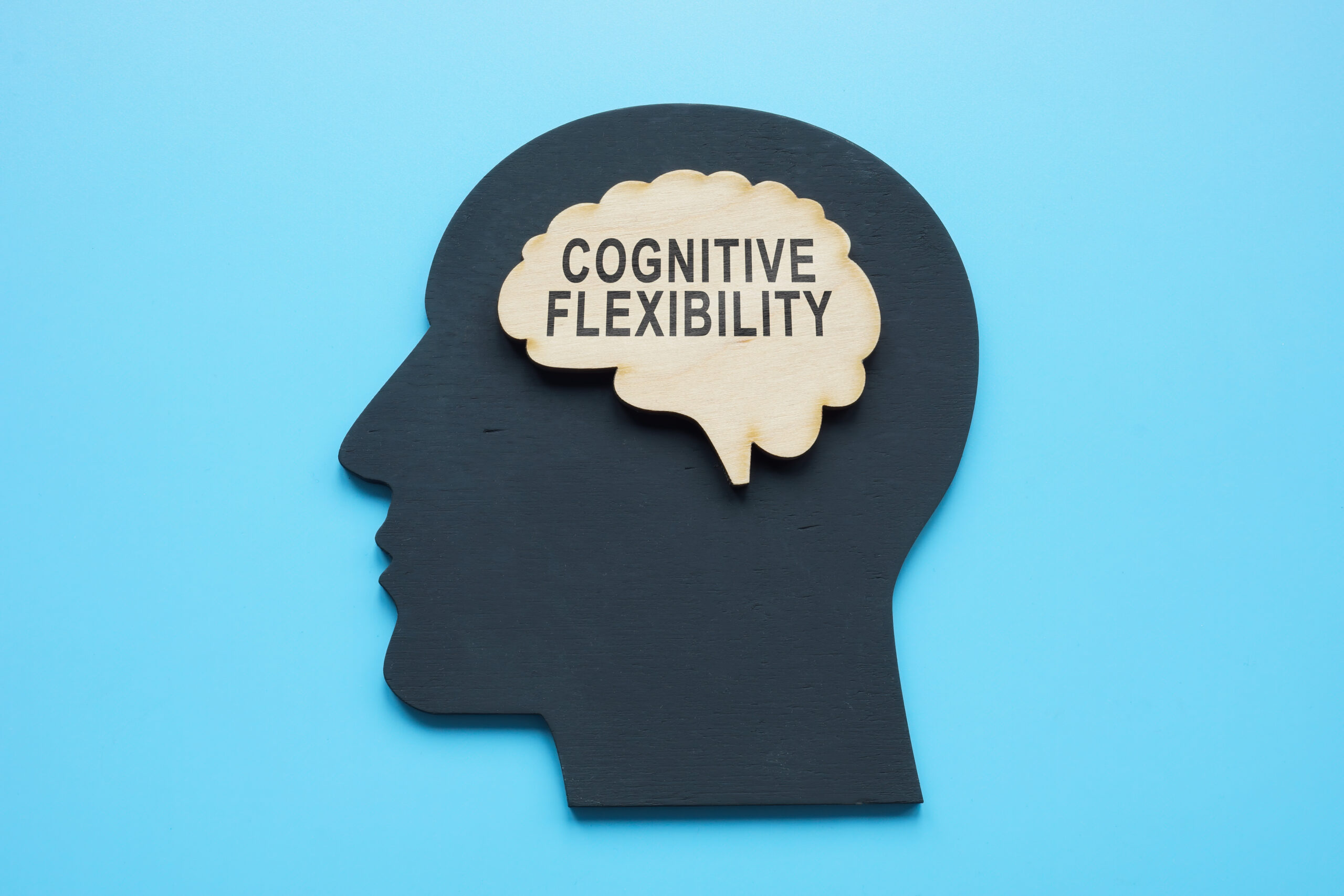Understanding the Role of Brain Scans in Dementia Diagnosis
Dementia is a term used to describe a group of symptoms characterized by a decline in cognitive function. It is a progressive condition that affects a person’s memory, thinking, behavior, and ability to perform everyday activities. While dementia is most commonly associated with older adults, it can also occur in younger individuals.
As dementia progresses, it can have a significant impact on a person’s quality of life and their ability to function independently. Early diagnosis is crucial in managing the symptoms and providing appropriate care for individuals with dementia. One of the most important tools used in diagnosis is brain scans.
Brain scans are imaging techniques that allow healthcare professionals to visualize and examine the structure and function of the brain. There are several types of brain scans, each with its own unique purpose and benefits. In the context of dementia, brain scans are used primarily to aid in diagnosis and to track the progression of the disease.
Let’s take a closer look at the role of brain scans in dementia diagnosis.
Types of Brain Scans Used in Dementia Diagnosis
1. Magnetic Resonance Imaging (MRI)
MRI uses a magnetic field and radio waves to create detailed images of the brain. It can provide information about the size, shape, and structure of the brain, including any abnormalities such as tumors or strokes. MRI is also useful in detecting changes in brain volume and identifying patterns of atrophy, which can indicate different types of dementia.
2. Computed Tomography (CT)
Similar to MRI, CT scans produce detailed images of the brain using x-rays and computer technology. They are particularly useful in detecting any damage caused by head injuries or strokes. CT scans can also reveal any abnormalities in the structure of the brain, such as tumors or bleeds.
3. Positron Emission Tomography (PET)
PET scans use a small amount of radioactive material to produce images of the brain. This imaging technique is helpful in detecting changes in brain metabolism, which can indicate the presence of dementia. PET scans can also identify areas of reduced blood flow in the brain, which may suggest certain types of dementia, such as Alzheimer’s disease.
4. Single Photon Emission Computed Tomography (SPECT)
SPECT is another type of imaging that uses a small amount of radioactive material to create 3D images of the brain. It is particularly useful in detecting changes in blood flow and identifying areas of reduced activity in the brain, which can indicate certain types of dementia.
How Brain Scans Aid in Dementia Diagnosis
Brain scans play a vital role in the diagnosis of dementia by providing valuable information about the structure and function of the brain. They help healthcare professionals to rule out other conditions that may have similar symptoms, such as depression or brain tumors. This is especially important in younger individuals, where dementia may not be the first consideration for their symptoms.
Furthermore, brain scans can also help identify the different types of dementia, which is crucial in developing a treatment plan. For example, PET scans can detect amyloid plaques, a characteristic feature of Alzheimer’s disease, which helps to differentiate it from other types of dementia. This information can help physicians determine the most effective treatment for each individual.
Tracking Disease Progression
In addition to aiding in diagnosis, brain scans are also useful in tracking the progression of dementia. As the disease advances, changes in brain structure and function can be observed through repeat scans. This allows healthcare professionals to monitor the effectiveness of treatments and make adjustments as needed.
In some cases, brain scans can also help predict the future progression of dementia. For instance, a study published in JAMA Neurology found that changes in brain volume seen on MRI scans could predict cognitive decline and progression to Alzheimer’s disease in individuals with mild cognitive impairment.
Limitations of Brain Scans in Dementia Diagnosis
While brain scans provide valuable information in the diagnosis and management of dementia, they do have some limitations. The cost and availability of these imaging techniques can be a barrier for some individuals. Moreover, brain scans alone cannot diagnose dementia; they are used in conjunction with other tests and assessments.
Additionally, there is a lack of standardization in the interpretation of brain scans. This can lead to variations in diagnoses and treatment plans, making it essential to have a qualified and experienced healthcare professional interpret the results.
Conclusion
In summary, brain scans play a crucial role in the diagnosis and management of dementia. They provide valuable information about the structure and function of the brain, aiding in the identification of different types of dementia and tracking disease progression. However, they should be used in conjunction with other tests and assessments, and results should be interpreted by qualified healthcare professionals. Early diagnosis through brain scans can help individuals with dementia receive appropriate care and support, ultimately improving their quality of life.





